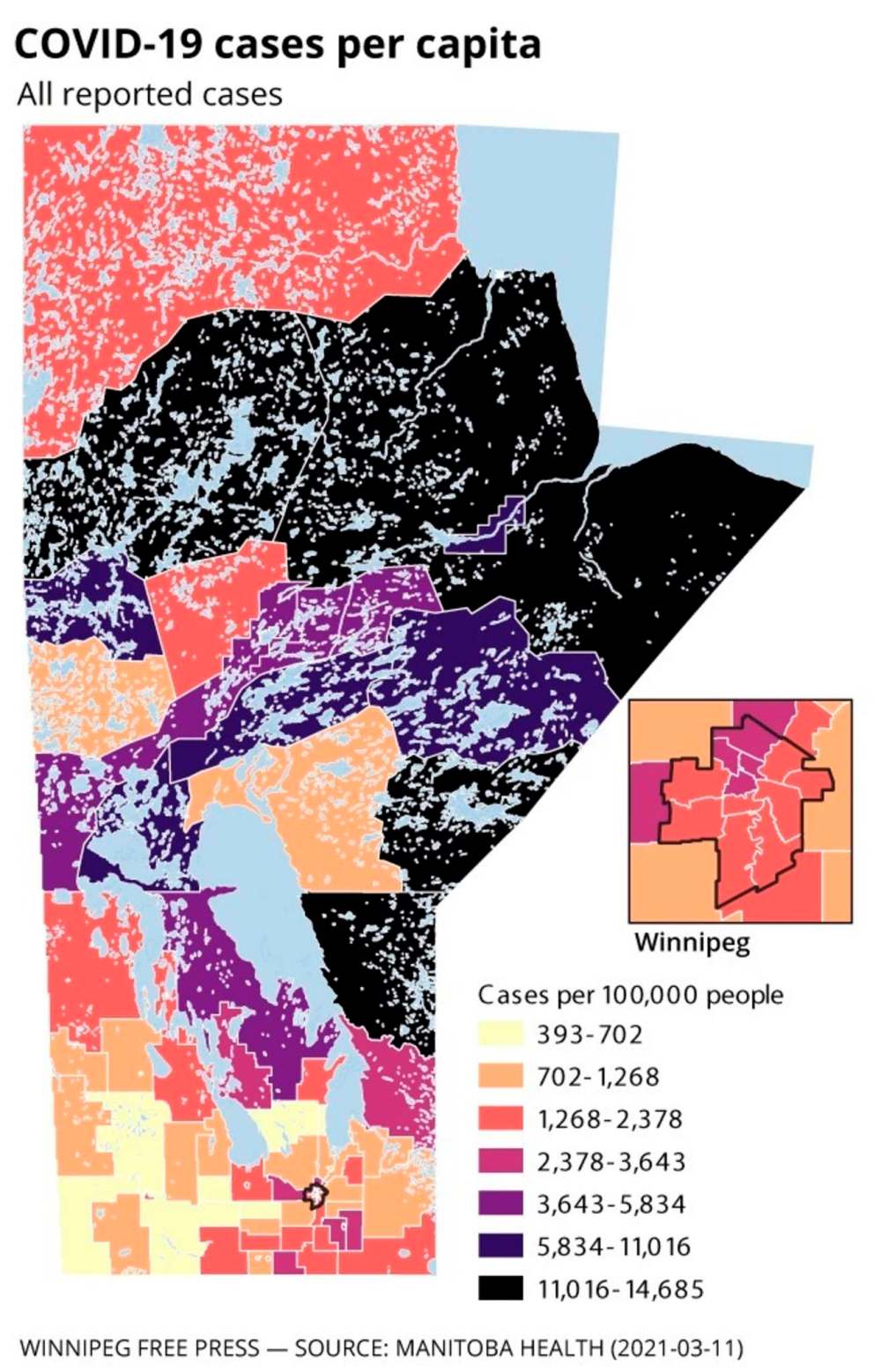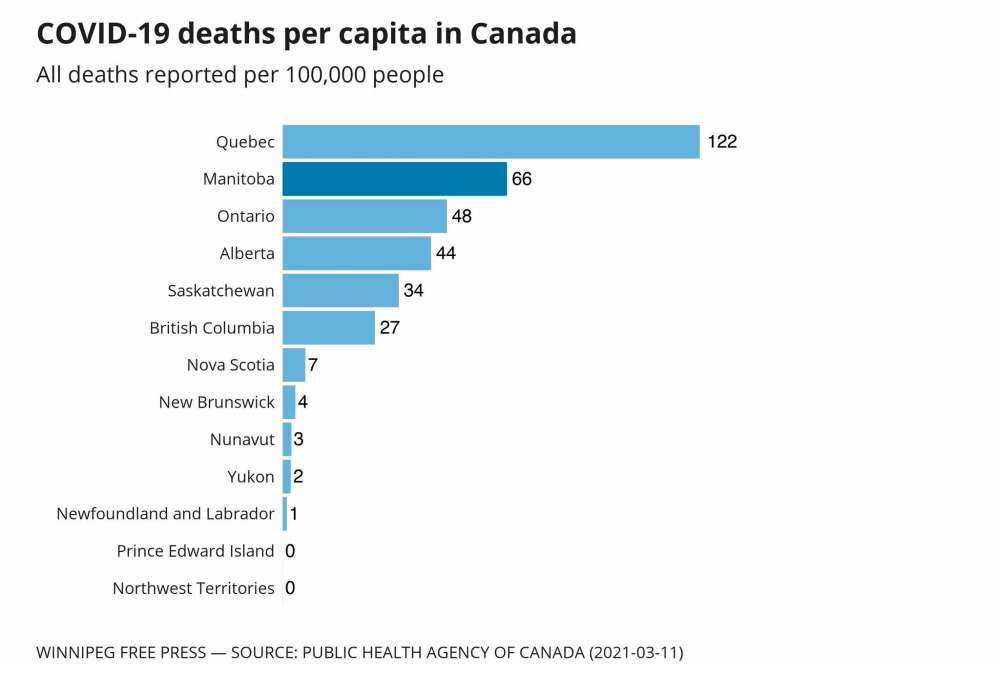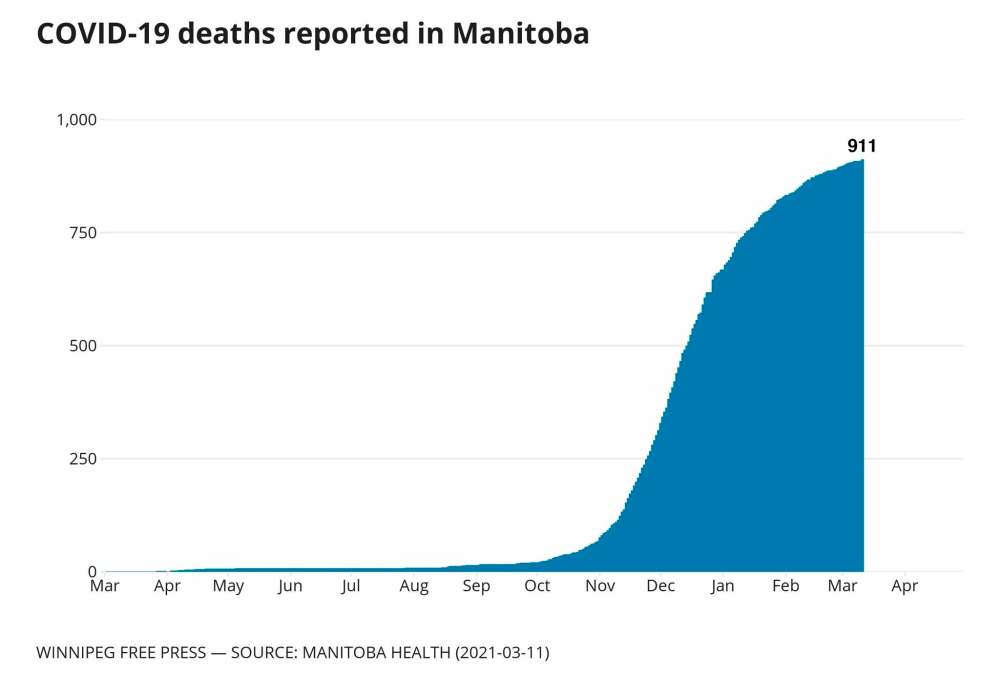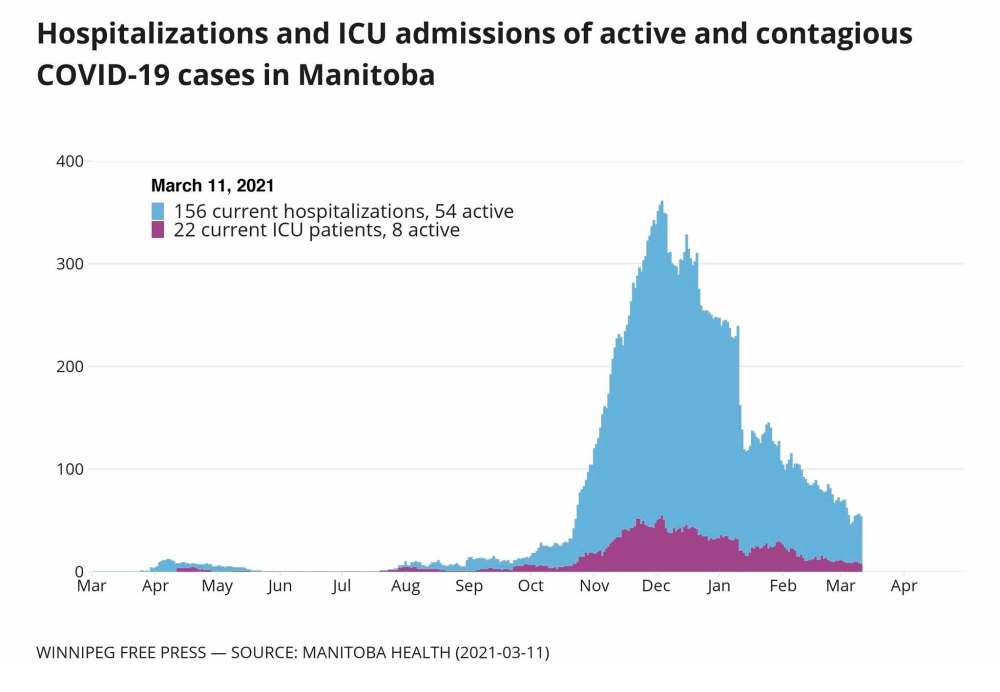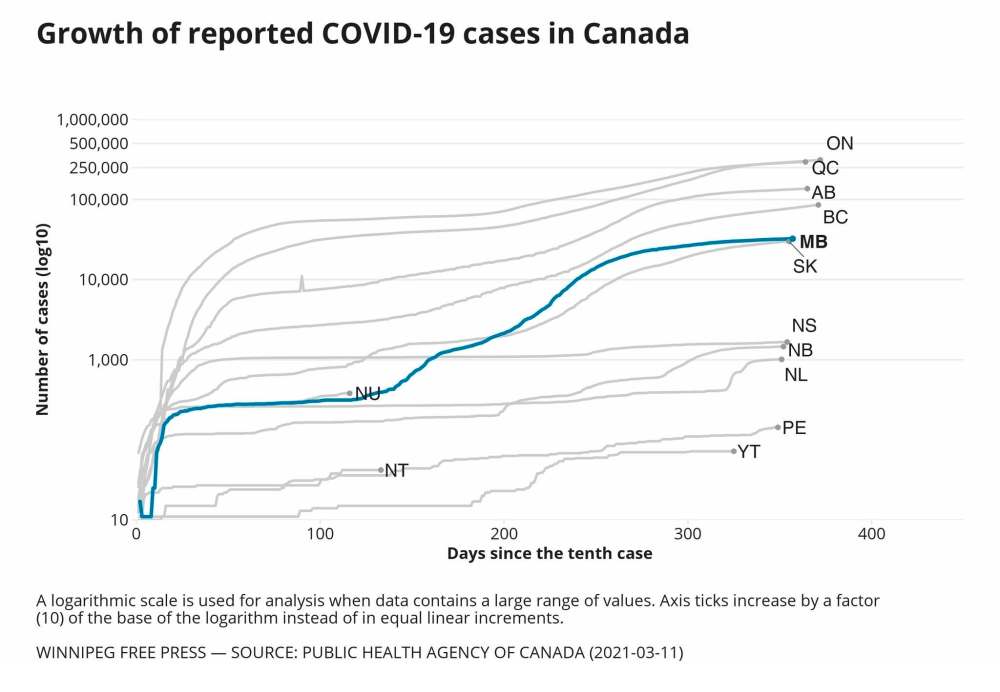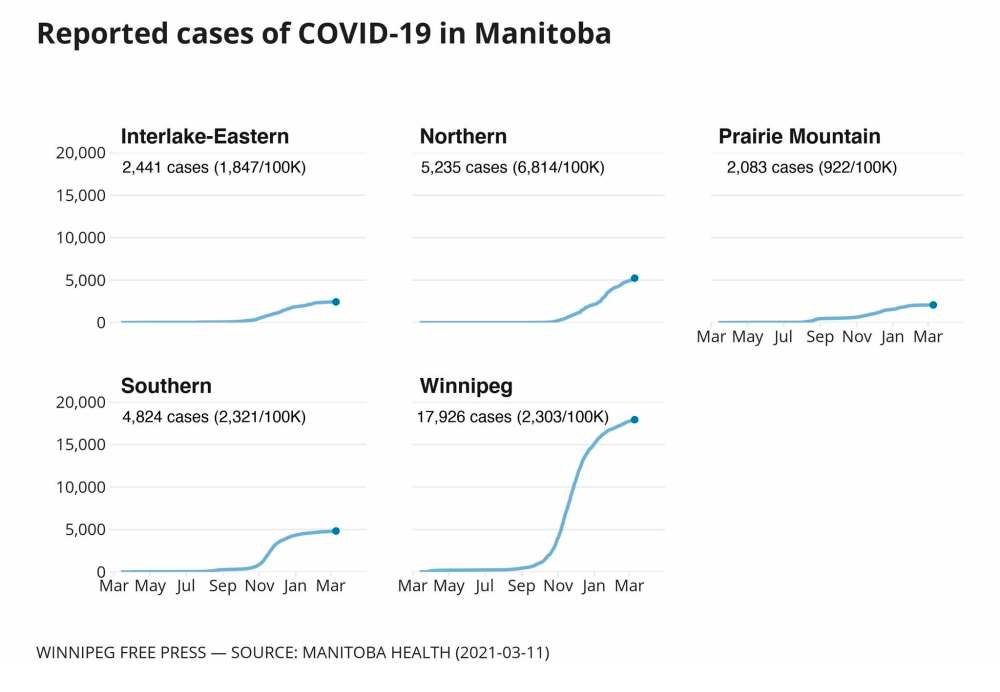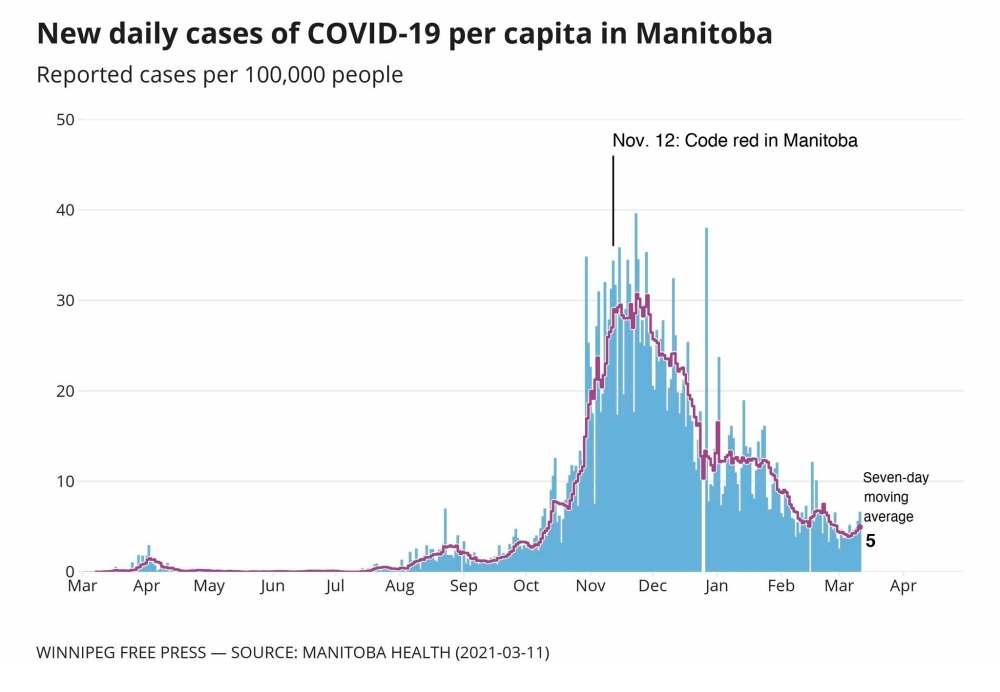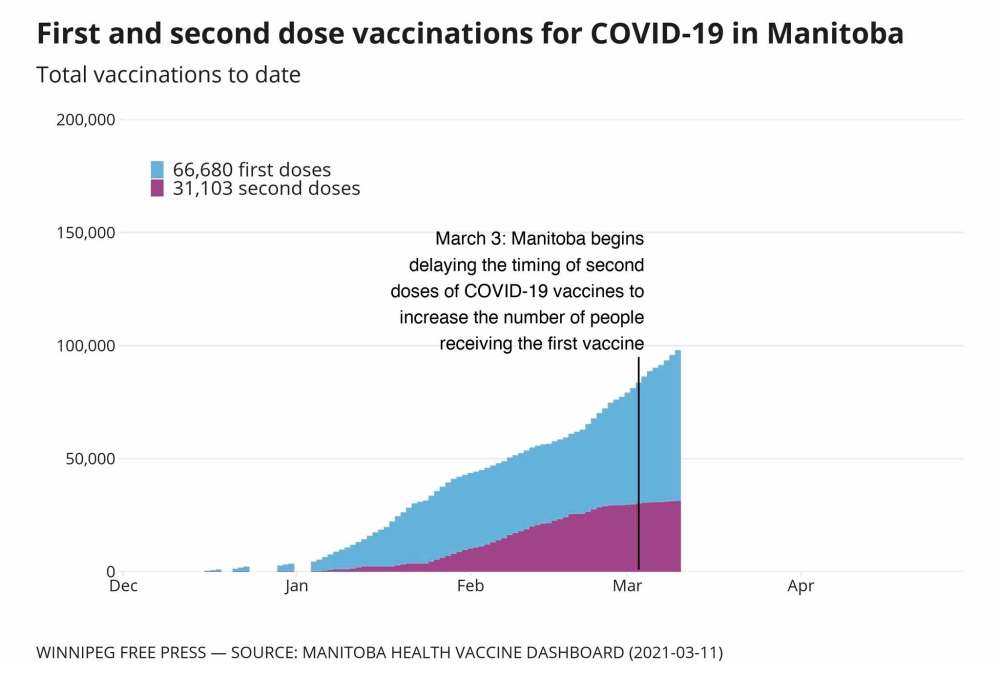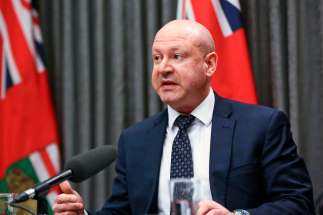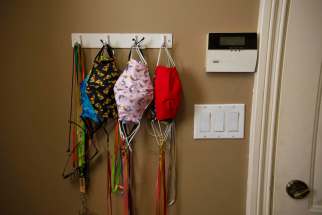Looking back on year of unprecedented crisis
Read this article for free:
or
Already have an account? Log in here »
To continue reading, please subscribe:
Monthly Digital Subscription
$0 for the first 4 weeks*
- Enjoy unlimited reading on winnipegfreepress.com
- Read the E-Edition, our digital replica newspaper
- Access News Break, our award-winning app
- Play interactive puzzles
*No charge for 4 weeks then price increases to the regular rate of $19.00 plus GST every four weeks. Offer available to new and qualified returning subscribers only. Cancel any time.
Monthly Digital Subscription
$4.75/week*
- Enjoy unlimited reading on winnipegfreepress.com
- Read the E-Edition, our digital replica newspaper
- Access News Break, our award-winning app
- Play interactive puzzles
*Billed as $19 plus GST every four weeks. Cancel any time.
To continue reading, please subscribe:
Add Free Press access to your Brandon Sun subscription for only an additional
$1 for the first 4 weeks*
*Your next subscription payment will increase by $1.00 and you will be charged $16.99 plus GST for four weeks. After four weeks, your payment will increase to $23.99 plus GST every four weeks.
Read unlimited articles for free today:
or
Already have an account? Log in here »
Hey there, time traveller!
This article was published 11/03/2021 (1742 days ago), so information in it may no longer be current.
Twelve months after the first reported infection of a strange and unfamiliar virus made headlines in Manitoba, the impact of the microscopic contagion remains, in many ways, unmeasurable.
Since the addition of “social distancing” to the common vocabulary, countless events that were postponed last March remain in limbo as Manitobans wait for a time when gathering in person won’t threaten the health of family, friends and neighbours.
Meanwhile, the eerie quiet that enveloped communities early in the COVID-19 pandemic has passed, as the din of commerce and limited social connections has returned.
By the numbers: health-care volunteers
Nearly 500 volunteers have pitched in to assist with the Winnipeg Regional Health Authority’s COVID-19 response over the past 12 months.
Nearly 500 volunteers have pitched in to assist with the Winnipeg Regional Health Authority’s COVID-19 response over the past 12 months.
Volunteers primarily worked at COVID-19 testing sites as entry point screeners and greeters, and at the provincial contact call centre, a WRHA spokesperson said.
“Together these volunteers have contributed more than 15,000 hours of volunteer work throughout the pandemic. We are extremely grateful for their efforts.”
Adding to the effort were 240 volunteers who worked at the Health Sciences Centre.
Since April 1, 2020, approximately 13,004 hours of work to support the province’s largest hospital has been provided by volunteers, including 28 medical students and 24 Ronald McDonald Family Room volunteers.
Volunteers armed with iPads would also help patients with virtual visits through the spring and summer at HSC.
Another 2,492 Manitobans put their name forward to be hired into Shared Health’s COVID-19 casual workers pool and to fill open front-line positions in hospitals and other health-care settings, as needed, over the past 12 months.
Of those who were hired into the temporary workers pool there were 119 retired nurses, including 78 who are now working on the COVID-19 immunization campaign.
“We are grateful for the work of nurses, Allied Health, medical staff and support staff and clinical staff over the past year as our health system has faced the immense challenge that COVID represents,” a spokesman for Shared Health said in a statement.
After the first confirmed case of COVID-19 was reported March 12, 2020, Manitobans have, in some respects, learned to live with the novel coronavirus. There are, however, benchmarks to measure how the pandemic has impacted the province: deaths, cases, days in lockdown.
While tallies don’t capture the full cost of COVID-19 — livelihoods lost, relationships frayed and strained, loved ones who died in isolation — the figures do illustrate the story of a province emerging from a year of unprecedented crisis.
Pandemic death toll
The first reported Manitoban to die from COVID-19 was Margaret Sader, a Winnipeg woman in her 60s who worked at a local dental supply company.
Her death was reported March 27, 2020, and made headlines as the weight of the coronavirus settled in.
“It’s a Manitoban that we lost, and our hearts go out to their friends and family,” chief provincial public health officer Dr. Brent Roussin said. “But this is our time to act now. To stay home if you can, practise good social distancing, wash your hands… all Manitobans have a role to limit days like this.”
The second COVID-19 death came April 3: Wade Kidd, 54, a custodian at Windsor Park High School in Winnipeg.
“This disease can affect anyone, and we hope Wade’s death can help convince anyone who isn’t already staying home to do so if they can,” said a statement dated April 6, sent by Kidd’s family members to media.
On Thursday, one year to the day the World Health Organization declared a global pandemic, Manitoba reported three more deaths due to COVID-19, pushing the province’s death toll to 911.
The deadliest day came Dec. 9, when Roussin told more than 11,000 Manitobans tuned in to the livestream briefing 18 people had died after being infected with the virus.
At the height of Manitoba’s second pandemic wave last fall, the province was reporting double-digit deaths, driven in part by explosive outbreaks in personal care homes and hospitals.
The death of Manitoba’s youngest COVID-19 victim, a boy under the age of 10, was reported Nov. 28.
The double-digit trend continued until January. On Feb. 23, for the first time in months, no deaths due to COVID-19 were reported.
In comparison to other Canadian provinces and territories, Manitoba had the second-highest COVID-19 death rate per capita as of March 11, with 66 fatalities per 100,000 people. Quebec held the top spot at 122.
Spread of COVID-19
Over the past 12 months, 32,509 Manitobans have been diagnosed with COVID-19, or 2.4 per cent of the population.
In comparison to other Canadian provinces, Manitoba was fourth in total cases per capita as of March 11, with 2,350 per 100,000 people. Leading the pack is Quebec, followed by Alberta and Saskatchewan.
In order to track the spread of infection, nurses and staff at COVID-19 testing centres, doctors’ offices and hospitals have slid more than 544,000 swabs into the nasal cavities of Manitobans since late February 2020.
But according to the latest provincial figures, just 366,619 individuals have been tested for COVID-19 since last March, translating to nearly 27 per cent of the population.
Of all COVID-19 test swabs performed in the province, 5.9 per cent have come back positive for the disease.
On the path to conducting more than a half-million tests, the province has opened 27 swabbing centres across Manitoba and expanded the service into two physicians’ offices. However, the efforts came too late for the second wave.
Late last September, with just four sites operating in Winnipeg, hundreds of people waited hours in line to get a test, with an untold number turned away or simply giving up on the process.
Two months later, Nov. 22, the province shattered its record for daily reported cases and posted 593 new infections.
Lockdown
Manitobans were in a formal lockdown — though not as strict as some stay-at-home orders imposed by governments elsewhere — for 72 days.
Between Nov. 12, 2020, and Jan. 23, Manitobans were asked to stay at home as much as possible, and only leave for essential purposes, as COVID-19 walloped the health-care system.
As of Feb. 27, the latest data available, a total of 2,262 Manitobans had been hospitalized with COVID-19, and 423 had been admitted to intensive care.
On Dec. 4, 2020, the province recorded its greatest number of COVID-19 hospital admissions: 361 infectious patients receiving treatment. As of Thursday, 156 people were in hospital with the disease.
Over the past year, 1,954 people who provide health-care services to Manitobans have also been infected. Two have died, according to the government.
Outbreaks of COVID-19 also became common in personal care homes, as well as jails and hospitals, through the last four months of 2020 as community spread of the virus increased.
The province has formally recognized a total of 193 outbreaks, 102 of which were in personal care homes; two have been acknowledged in schools.
Vaccination
While Manitoba remains under critical code red on the pandemic response system, government officials are hoping, and strategizing, to avoid the pitfalls of the past year.
Vaccination is one strategy the province is leveraging to protect Manitobans in the long term.
As of Thursday, 6.2 per cent of adults had received at least one dose, including more than 7,800 residents of long-term care facilities who have received the required two doses.
A total of 97,783 doses have been given to people so far, and another 125,311 are planned over the next 28 days.
It’s estimated all adult Manitobans who want it will get a single shot by the end of mid-May or mid-June.
Manitoba plans to have the capacity to be able to deliver as many as 20,000 shots a day to reach the early summer target, a feat Premier Brian Pallister says he is confident his government can achieve.
“I know that there’s going to be challenges with this because we’ve never done it before,” Pallister said Thursday. “The vaccines are coming for sure, but we can’t let up. We have to play defence.
“We’ve got to remember to keep safe while we’re waiting for the cavalry, and even when the cavalry gets here, it’s going to take some time.”
— with files from Michael Pereira
danielle.dasilva@freepress.mb.ca
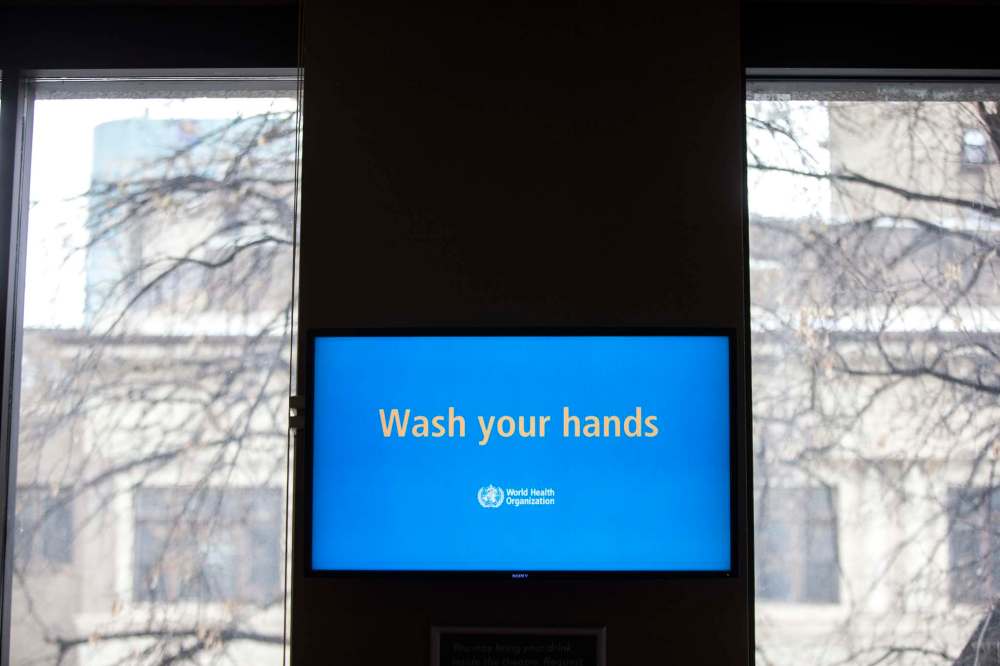

Our newsroom depends on a growing audience of readers to power our journalism. If you are not a paid reader, please consider becoming a subscriber.
Our newsroom depends on its audience of readers to power our journalism. Thank you for your support.
History
Updated on Thursday, March 11, 2021 9:56 PM CST: Fixes typo.
Updated on Friday, March 12, 2021 9:36 AM CST: Minor copy editing changes

